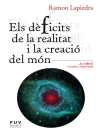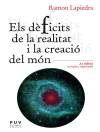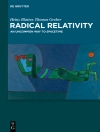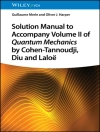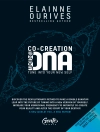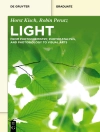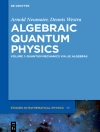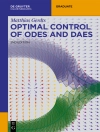Quantum groups have been studied intensively in mathematics and have found many valuable applications in theoretical and mathematical physics since their discovery in the mid-1980s. Roughly speaking, there are two prototype examples of quantum groups, denoted by
Uq and
Aq. The former is a deformation of the universal enveloping algebra of a Kac–Moody Lie algebra, whereas the latter is a deformation of the coordinate ring of a Lie group. Although they are dual to each other in principle, most of the applications so far are based on
Uq, and the main targets are solvable lattice models in 2-dimensions or quantum field theories in 1+1 dimensions.
This book aims to present a unique approach to 3-dimensional integrability based on
Aq. It starts from the tetrahedron equation, a 3-dimensional analogue of the Yang–Baxter equation, and its solution due to work by Kapranov–Voevodsky (1994).
Then, it guides readers to its variety of generalizations, relations to quantum groups, and applications. They include a connection to the Poincaré–Birkhoff–Witt basis of a unipotent part of
Uq, reductions to the solutions of the Yang–Baxter equation, reflection equation,
G
2 reflection equation, matrix product constructions of quantum R matrices and reflection K matrices, stationary measures of multi-species simple-exclusion processes, etc.
These contents of the book are quite distinct from conventional approaches and will stimulate and enrich the theories of quantum groups and integrable systems.
Зміст
Introduction.- Tetrahedron equation.- 3D
R from quantized coordinate ring of type A.- 3D reflection equation and quantized reflection equation.- 3D
K from quantized coordinate ring of type C.- 3D
K from quantized coordinate ring of type B.- Intertwiners for quantized coordinate ring
Aq (
F
4).- Intertwiner for quantized coordinate ring
Aq (
G
2).- Comments on tetrahedron-type equation for non-crystallographic Coxeter groups.- Connection to PBW bases of nilpotent subalgebra of
Uq.- Trace reductions of
RLLL =
LLLR.- Boundary vector reductions of
RLLL =
LLLR.- Trace reductions of
RRRR =
RRRR.- Boundary vector reductions of
RRRR =
RRRR.- Boundary vector reductions of (
LGLG)
K =
K(
GLGL).- Reductions of quantized
G
2 reflection equation.- Application to multispecies TASEP.



